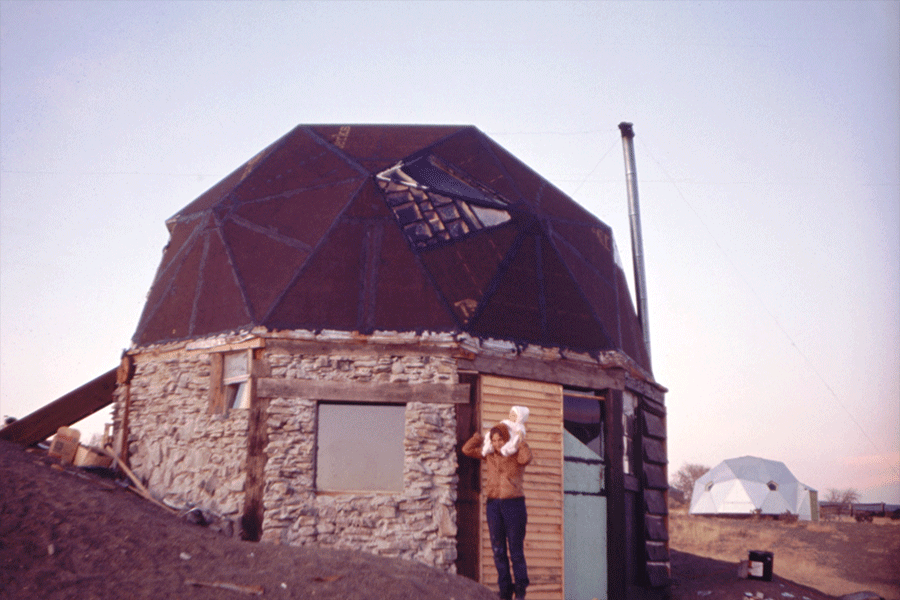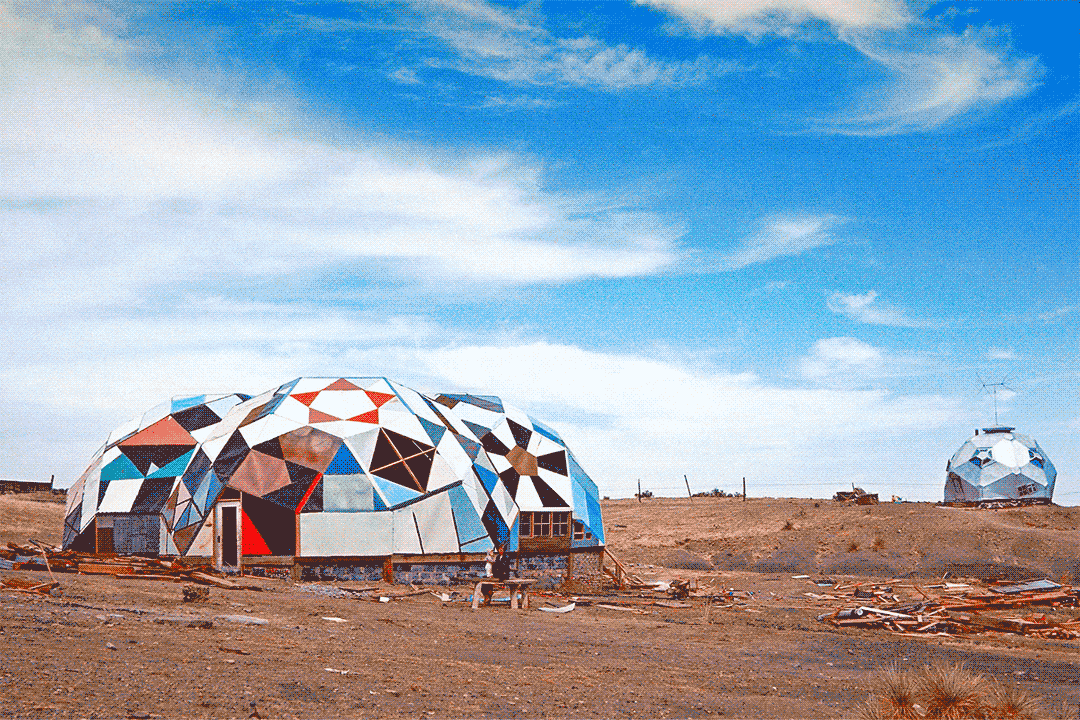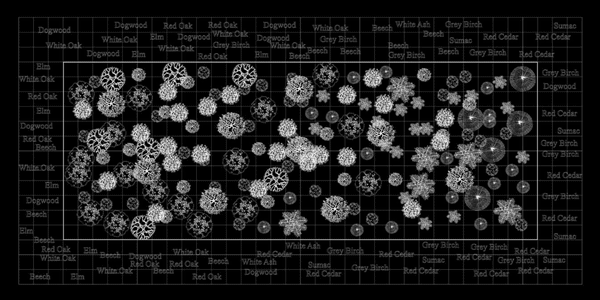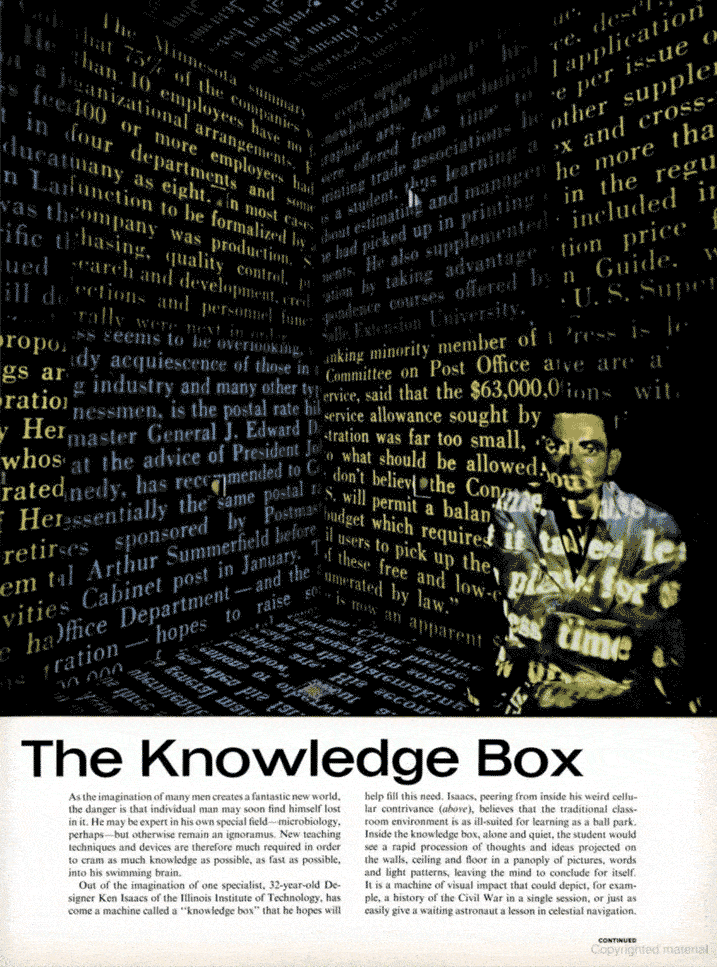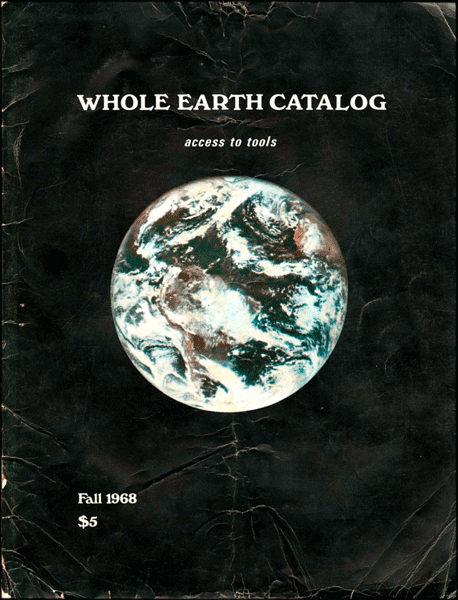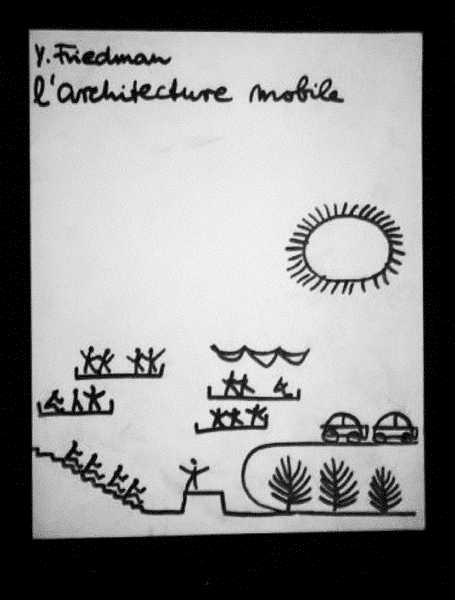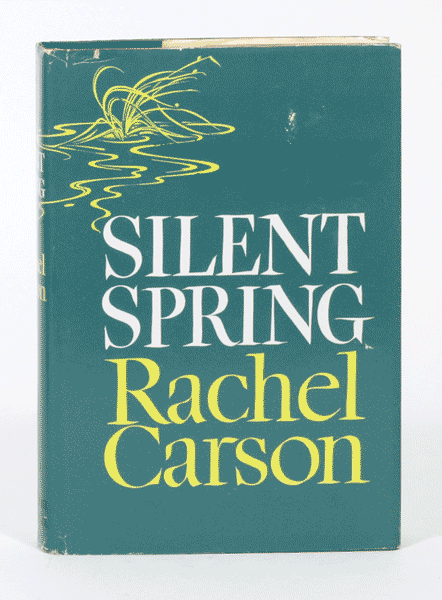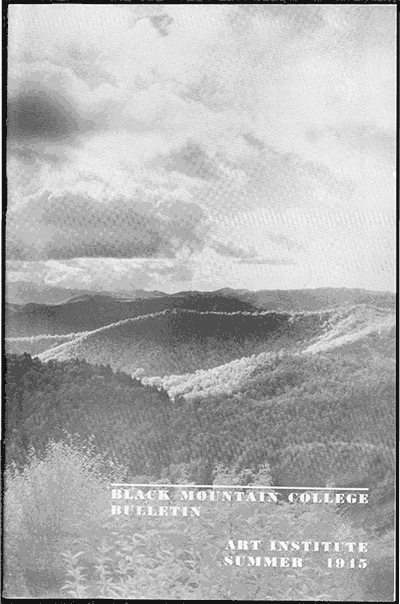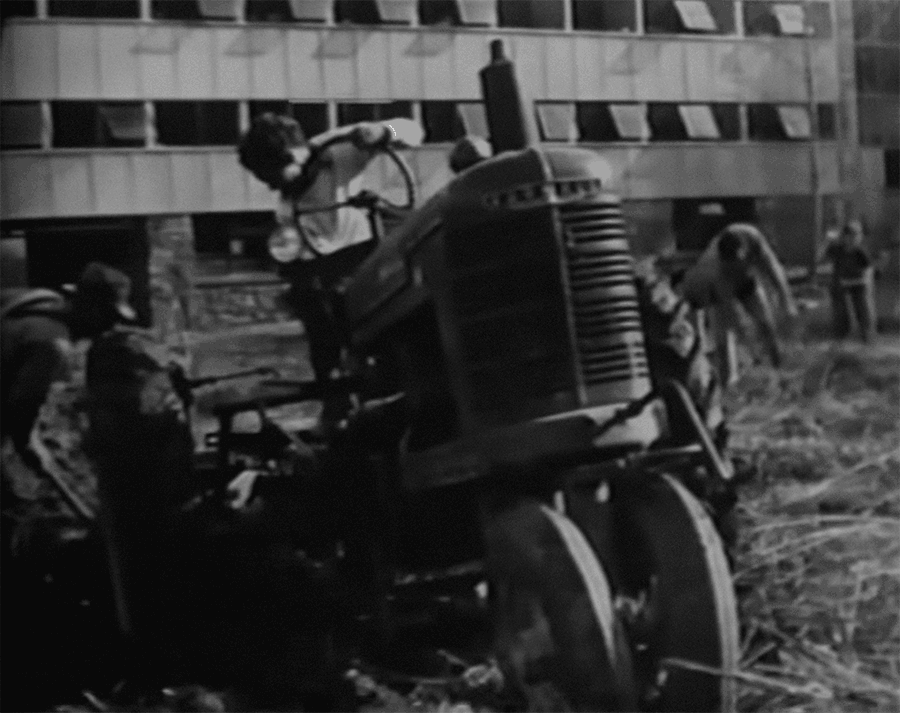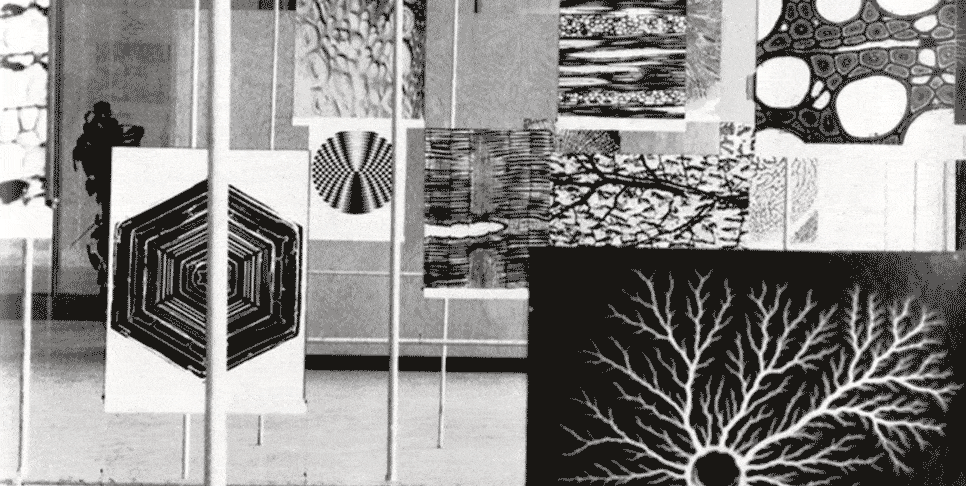
Inside Drop City
From the BBC documentary “Towards Tomorrow: A Utopia”
Echoing the “Groundworks” timeline: 1966
Drop City was an intentional community in southern Colorado established in 1965 and abandoned in 1973. Although short lived it was very influential and is considered as the first rural hippie commune. Filmmaker Gene Bernofsky and art students JoAnn Bernofsky, Richard Kallweit and Clark Richert bought a 7-acre plot of land in which to live and work together. Organised without any obvious hierarchies, it encapsulated a growing desire at the time to “drop out” of mainstream life, as much a reaction to consumerist, individual lifestyles as it was to US foreign policy, in particular the Vietnam War. Between 1965–1969, Drop City integrated around 14 to 20 inhabitants whose main artistic output took the form of buildings. Inspired by the geodesic design principles of Buckminster Fuller and the designs of Steve Baer, a few domes were built. It was the first time that geodesic domes were used for domestic living; until then they had only housed exhibitions or were used for industrial and institutional applications. Drop City minted its place in the history of the US counter-cultural scene but also the mass media attention that eventually led to its demise.
“A founder of Drop City, Gene Bernofsky, attributes the ‘demise of the community’ to the ‘nationwide attention’ attracted by the dome structures, which he now admonishes.”
|
* “A Drop City Founder Speaks Out,” Website of the Center for Land Use Interpretation (accessed March 29, 2005). [Page unavailable on May 2021]. |
|
Simon Sadler — “Drop City Revisited”, Journal of Architectural Education,
Vol. 59, No. 3 (February 2006), Taylor & Francis, London, 6. Accessed here, April 2021.
|
Image: Still from "Towards Tomorrow: A Utopia" (1968) by BBC. (retrieved from here, April 2021). |
|
The series Towards Tomorrow produced by BBC, ran on this channel from 1967 to 1969, investigating scientific and technological developments and their influence on possible futures. The episode “A Utopia” takes a keen look at the possibility for utopia on earth and concludes with a portrait of “Drop City” as a model of alternative living. Shot just three years after the founding of the commune, the footage provides an invaluable insight into motivations behind the project and the life in the artist community.
We weren’t trying to be hippies and we didn’t consider ourselves hippies … But the media world basically called us hippies.
Clark Richert, 2019
|
Around 1962, Gene Bernofsky and Clark Richert, students at the University of Kansas, developed an artistic act that consisted of dropping objects from their second-floor apartment onto the street below. These Droppings inspired the name they later gave to the settlement initiated when they bought, in 1965, a small piece of land in Colorado. At Drop City, they were soon joined by other artists, writers and inventors, and they started building a community that celebrated creative work.
|
“maat Explorations” is an ongoing programme that delves into the socio-cultural and environmental transformations stemming from the current bio crisis and ecological destruction. It provides an insight into the hard science of climate intervention and the creative speculations behind innovation-led research to safeguard our planetary co-existence. Prominent in this strand is the installation Earth Bits – Sensing the Planetary, that opens access to the complex interconnectedness between the environmental and the energetic quests and its reverberation through decades of artistic production, political and cultural movements traced from the 1960s until today. On maat ext., a series of #groundworks hashtags introduce the critical explorations that feed into the complex interconnectivity between the environmental and energetic quests, and its reverberation through decades of artistic production, political and cultural movements traced from the 1960s until today. |
|
|


